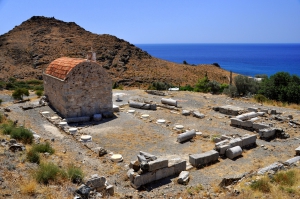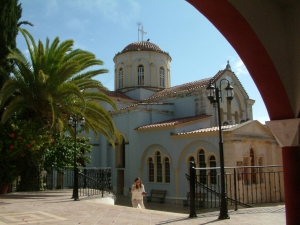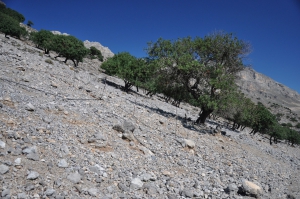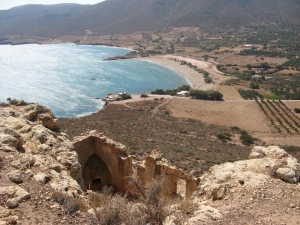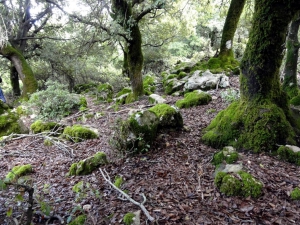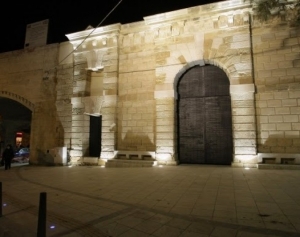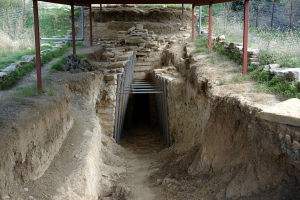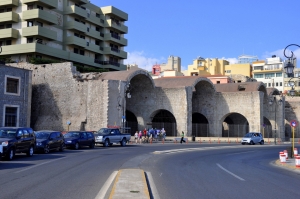Lendas is built on the site of the ancient city Levina, 74km south of Heraklion, on the southern slopes of the imposing Asterousia Mountains. The name of Levina is believed to come from the Phoenician “Lavi” which means Lion. Indeed, on the west of the village there is a cape reminding of a lion's head from far.
The Monastery of Panagia Kalyviani is located at an altitude of 80m around 60km south of Heraklion, next to Mires and Kalyvia villages. It is a relatively new monastery which was built on the ruins of an older one.
The carob wood of Tris Ekklisies is located 64km south of Heraklion, next to the village of Tris Ekklisies. The area, one of the most secluded in Europe, is very difficult to reach, as a very rough dirt road 10km long starts from the village Paranymi, runs across the wild Asterousia Mountains and ends at the beach level.
East of Paleokastro (Sitia Province) rises the steep hill Kastri, which separates the beaches of Kouremenos and Chiona. The hill was called Paleo Castro (Old Fort) by the Venetians, after which the current village is named.
The holm oak wood (Azilakodasos) is located 11km west of Vrachasi and 9km south of Malia, in the foothills of Mount Selena. The small forest can be accessed either by walking the smooth path from Krassi village or by following the trail from Malia that runs uphill. There is also a small network of forest dirt roads in the area.
Gate of Jesus or New Gate (Kenourgia Porta) was built on the south side of the Venetian Walls, in today's Evans Street, in 1587. From this gate left those who were heading to the southern provinces of the county. The gate also hosted the pipeline which supplied water to the city.
Near the village Margarites we meet is a Late Minoan tomb of 1350 BC, which is considered one of the most important sites of the area. An aisle with carved stones leads to a circular domed tomb. Inside it, the bones of four adults and two children were found. From the findings, it seems that they came from higher social and religious level.











